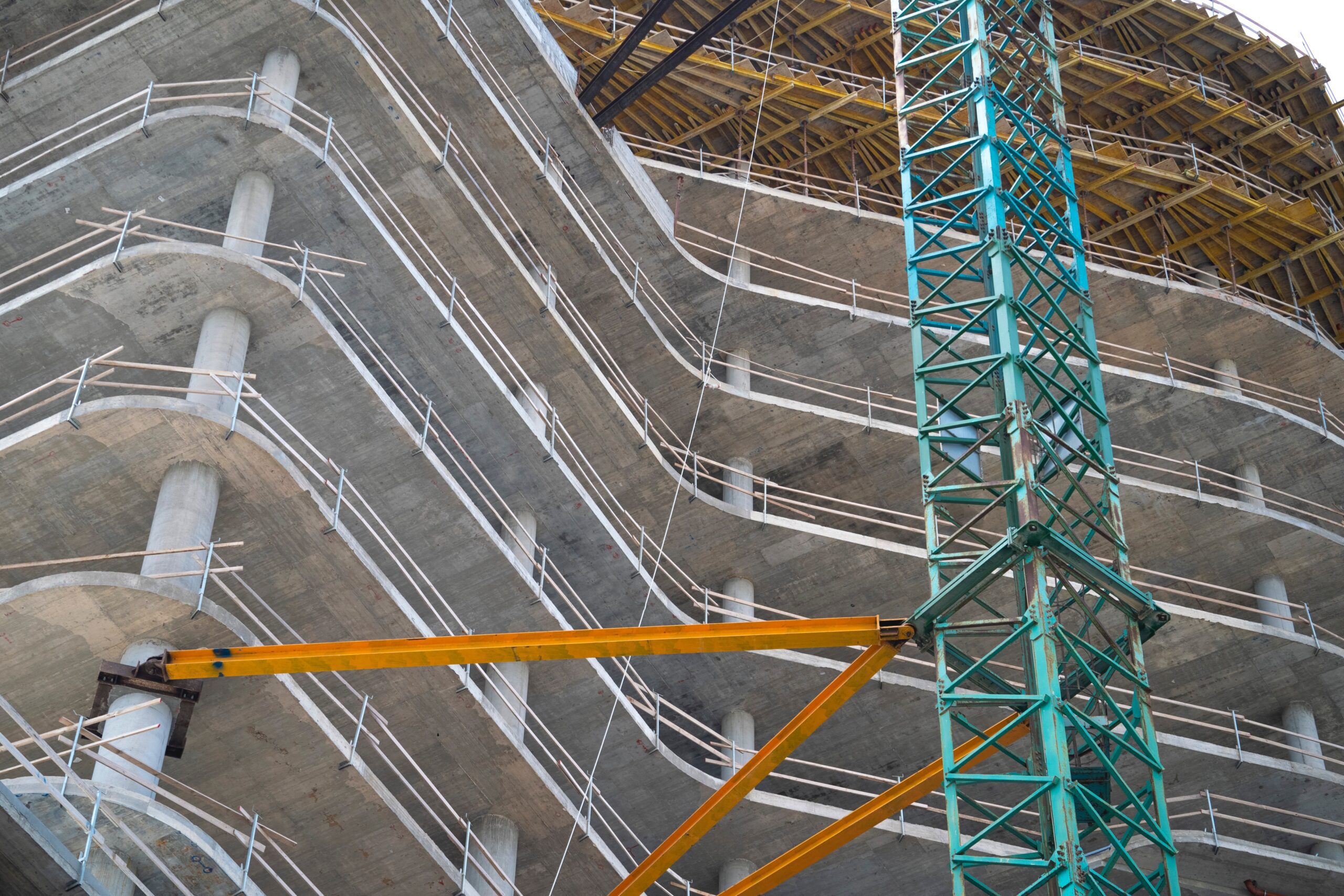Emissions around the world come from a variety of sources. It can be easy to fall into the trap of thinking that fully electrifying the transportation and energy sectors would eliminate the entirety of the world’s carbon from entering the atmosphere, yet those sources only comprise slightly more than 50% of the country’s overall output. The rest is due to a mix of general industry (excluding energy), agricultural production, and commercial and residential emissions.
On a global scale, construction is easily among the biggest culprits. While everyone generally understands that skyscrapers dot the world’s major cities, we don’t often think too deeply about the immense energy output required over the multi-year process of getting a building up and running.
The effect of construction on our atmosphere — it makes up nearly 40% of all emissions worldwide — is significant because of the building pace in the modern era. Especially in a real estate boom, getting a property up and ready to rent out to businesses and residents as quickly as possible is crucial for the many firms who predicate their business on turning over as many sales as possible.
The world’s construction pace is so blindingly fast that the sum of buildings completed matches a city the size of Paris every week. All of this development is made possible in large part because of the low cost and high availability of cement, a material that is pretty far from sustainable.
Cement would be a great place to start if we are to impact construction-related emissions. Academic circles and the government are now addressing the issue, a revelation marked by the Department of Energy’s (DOE’s) decision to send researchers at the University of Colorado Boulder (CU Boulder) $3.2 million to fund the development of an affordable, zero-carbon version of the universal building material.
The funding comes from the DOE’s Advanced Research Projects Agency-Energy (ARPA-E) program, which provides grants to researchers who are on the cusp of finding new technologies that could significantly impact the energy sphere for years. Money will be directed to a team of university engineers who are working on the project in tandem with both the National Renewable Energy Laboratory and the University of North Carolina Wilmington’s Algal Resources Collection. Each group will have access to the funds for their part in the development.
CU Boulder’s research project looks at the materials sourcing for cement-making. Currently, most developers around the world make Portland cement, a style that favors affordability while staying reliably sturdy. The modern recipe includes several filler materials like limestone, which is ground up and added to help with consistency.
The group has set out to replace this limestone, generally “quarried” and thus taken from the Earth as a finite resource, with lab-grown biogenic limestone.
This artificial material stores carbon from the air when made, meaning its use as a filler in cement can make the process carbon-neutral or even carbon-negative, depending on the recipe.
By scaling up the technology for creating biogenic limestone, the material could be an alternative to quarried cement without requiring any significant change to the cement-making process. It could be implemented immediately, eliminating 7% of annual cement-related emissions overnight. “We see a world in which using concrete as we know it is a mechanism to heal the planet,” says Wil Srubar, an associate professor leading the team. “We have the tools and the technology to do this today.”





